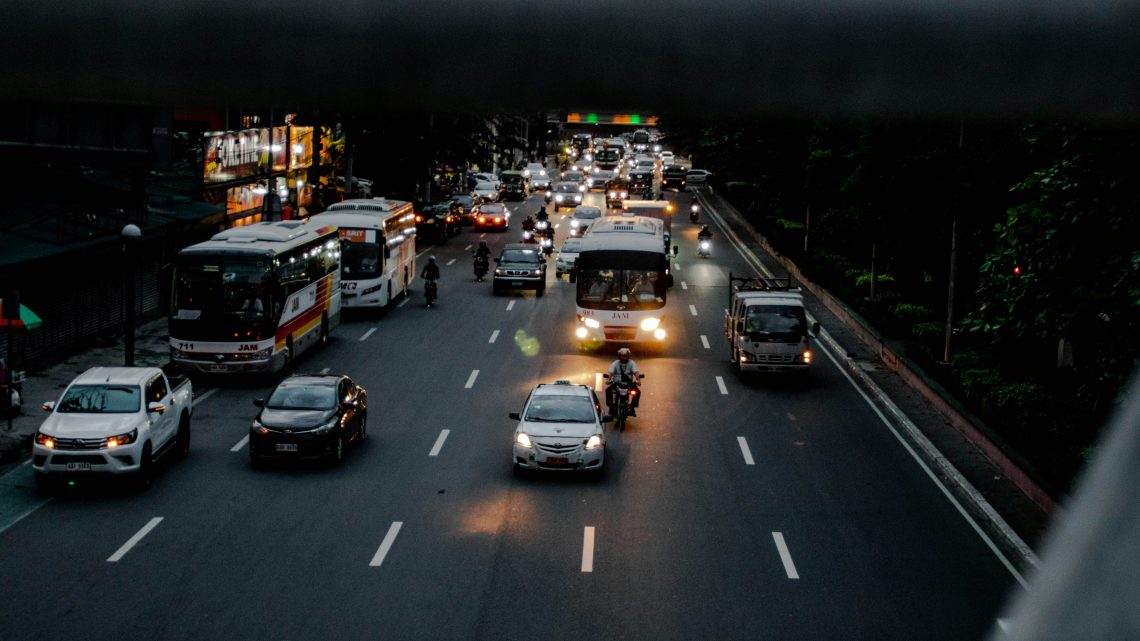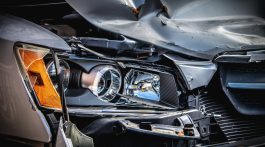Motorcycle lane splitting, the practice of riding a motorcycle between lanes of stopped or slow-moving traffic, is a topic of considerable debate across the United States. This practice, which is legal in some states and illegal in others, often sparks discussions about road safety, traffic efficiency, and the rights of motorcyclists. In Seattle, Washington, the legality and practice of lane splitting are particularly relevant due to the city’s dense traffic and significant number of motorcyclists.
Current Lane Splitting Laws in Seattle
As of now, lane splitting is illegal in Seattle and throughout the state of Washington. The Washington State Legislature has not enacted any laws that explicitly permit lane splitting, and the practice is generally considered unsafe and prohibited under current traffic regulations.
Washington State Patrol and local law enforcement agencies in Seattle enforce this prohibition based on existing statutes in the Washington State Motor Vehicle Code. Specifically, RCW 46.61.608(3) states: “No person shall operate a motorcycle between lanes of traffic or between adjacent lines or rows of vehicles.”
This clear language makes it illegal for motorcyclists to split lanes in Seattle. Motorcyclists caught lane splitting can be cited for violating traffic laws, which can result in fines and potentially impact their driving records.
Arguments for Legalizing Lane Splitting
Despite its current illegal status, there are several compelling arguments for legalizing lane splitting in Seattle:
- Reduced Traffic Congestion:
- One of the primary arguments in favor of lane splitting is that it can help reduce traffic congestion. By allowing motorcycles to move between lanes of slow-moving or stopped traffic, overall traffic flow can be improved, leading to shorter commute times for all road users.
- Enhanced Motorcycle Safety:
- Advocates argue that lane splitting can enhance motorcycle safety by reducing the risk of rear-end collisions. Motorcycles are often at risk of being hit from behind by inattentive drivers in congested traffic. Lane splitting allows motorcyclists to avoid this danger by moving through traffic rather than remaining stationary.
- Decreased Emissions:
- Lane splitting can also have environmental benefits. By allowing motorcycles to move more efficiently through traffic, it can reduce idling times and lower emissions, contributing to cleaner air and a reduction in the overall carbon footprint.
- Adoption in Other Regions:
- Lane splitting is legal and widely practiced in California, where studies conducted by the University of California, Berkeley, have shown that the practice, when done at safe speeds, does not increase the risk of accidents. These findings support the argument that lane splitting can be safely implemented in other states, including Washington.
Arguments Against Legalizing Lane Splitting
Opponents of lane splitting raise several concerns, including:
- Safety Risks:
- Critics argue that lane splitting increases the risk of accidents, as drivers may not expect motorcycles to pass between lanes. This can lead to collisions if a driver changes lanes without noticing a motorcycle. If you get into an accident due to a motorcyclist illegally lane splitting, be sure to contact a Seattle motorcycle accident attorney.
- Driver Confusion and Road Rage:
- Lane splitting can cause confusion and frustration among drivers who are unfamiliar with the practice. This can lead to road rage incidents and aggressive driving, further endangering motorcyclists.
- Enforcement Challenges:
- Without clear guidelines and consistent enforcement, lane splitting could lead to unpredictable behavior on the roads. Law enforcement officers would need to be trained on the specific conditions under which lane splitting is allowed, and motorcyclists would need to be educated on safe lane splitting practices.
- Infrastructure Considerations:
- Seattle’s roads and highways vary widely in terms of design and traffic patterns. Implementing lane splitting might require significant changes to road infrastructure and signage, posing logistical and financial challenges.
The Future of Lane Splitting in Seattle
The debate over lane splitting in Seattle is likely to continue, as both motorcyclists and lawmakers weigh the potential benefits and risks. While two recent legislative efforts to legalize lane splitting have not been successful, growing interest and advocacy from motorcyclist groups could lead to renewed efforts in the future. For now, the best bet is to follow the lane splitting law and ride safely.
Conclusion
Motorcycle lane splitting remains illegal in Seattle under current Washington state law. While proponents argue that lane splitting can reduce traffic congestion, improve safety, and decrease emissions, opponents raise concerns about increased accident risks, driver confusion, and enforcement challenges. As Seattle continues to grapple with this issue, future legislative efforts, public education, and infrastructure considerations will play key roles in determining whether lane splitting could become a legal practice on Seattle’s roads. For now, motorcyclists should adhere to existing laws and prioritize safe riding techniques to navigate Seattle’s traffic safely.




No Comment